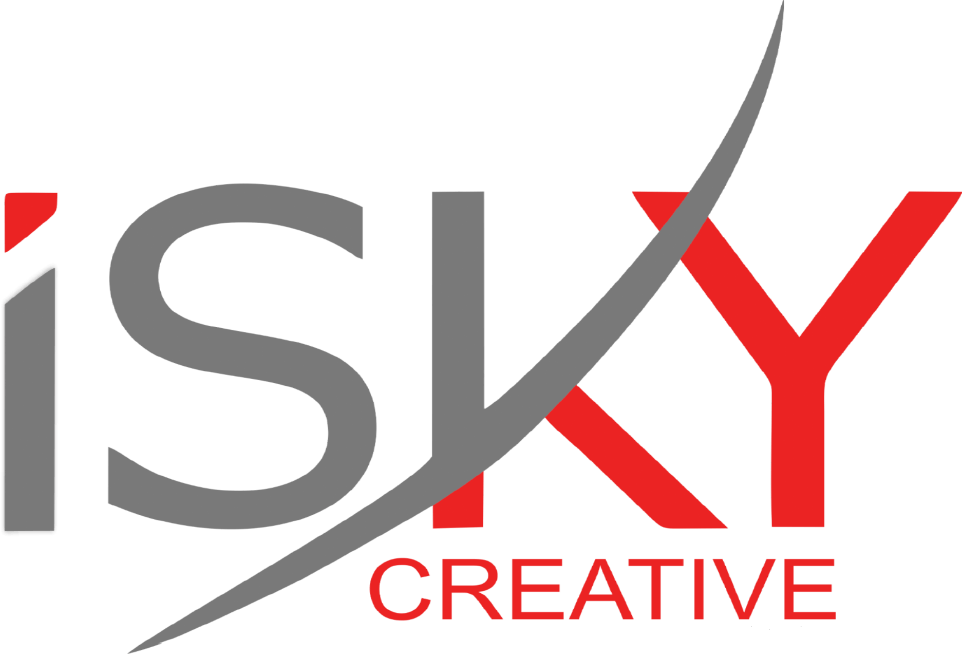The psychology of color in web design is a fascinating aspect that influences user experience, brand perception, and even conversion rates. Choosing the right color palette can evoke certain emotions, convey specific messages, and guide users through your website. Here’s a breakdown of some commonly used colors in web design and their psychological effects:
- Blue: Blue is often associated with trust, security, and professionalism. It’s a calming color that is frequently used by businesses to convey reliability and competence. Social media platforms like Facebook and Twitter utilize blue to establish trust and credibility.
- Red: Red is a bold and attention-grabbing color that is often associated with energy, excitement, and urgency. It can evoke strong emotions and stimulate appetite, which is why it’s commonly used by food-related websites and in call-to-action buttons to encourage action.
- Green: Green is closely linked to nature, health, and tranquility. It’s a versatile color that can represent growth, freshness, and balance. Environmental organizations, health-related websites, and financial institutions often use green to convey stability and growth.
- Yellow: Yellow is a cheerful and optimistic color that can grab attention and evoke feelings of warmth and positivity. It’s commonly used to signify happiness, youthfulness, and creativity. However, it’s essential to use yellow sparingly, as excessive use can be overwhelming or even cause anxiety in some users.
- Purple: Purple is associated with luxury, creativity, and spirituality. It’s often used to evoke a sense of sophistication and elegance. Brands targeting a more artistic or imaginative audience may use purple to convey originality and uniqueness.
- Orange: Orange is a vibrant and energetic color that combines the warmth of red with the cheerfulness of yellow. It’s often associated with enthusiasm, creativity, and affordability. Orange can create a sense of excitement and urgency, making it suitable for promoting sales or discounts.
- Black: Black is a powerful and sophisticated color often associated with elegance, formality, and authority. It can create a sense of mystery and depth. Many luxury brands use black as a primary color to convey exclusivity and prestige.
- White: White is associated with simplicity, cleanliness, and purity. It’s commonly used as a background color in web design to create a sense of spaciousness and to allow other colors and content to stand out. White can also evoke a sense of neutrality and impartiality.
When choosing a color palette for your website, consider your brand identity, target audience, and the emotions or messages you want to convey. It’s also essential to ensure that the colors you choose are visually appealing and accessible to all users, including those with color vision deficiencies. Additionally, experimenting with different color combinations and conducting A/B testing can help you determine which palette resonates best with your audience.

